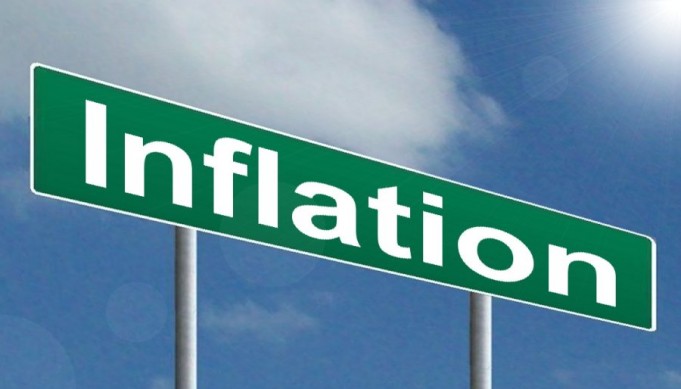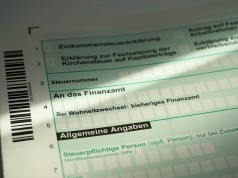Inflation is driven by four drivers and among them, cost-push inflation and demand-pull inflation play a major role. Cost-push inflation refers to the decrease in the supply of goods and services by an increase in the cost of production of the services, whereas, demand-pull inflation is an increase in the aggregate demand. The other two factors are the increase in the supply of money and a decrease in the demand for money.
Inflation is defined as the increase in the price of goods and services and a restriction in purchasing. It is not the rise and fall in the price of the goods and services. Inflation changes when there is a price in an overall economy to a certain level.
Cost push inflation is affected by the increase in the price levels of raw materials and labor charges whereas the demand-pull inflation is caused by the expansion and contraction of the economy, government expenditure, and foreign growth.
Cost-Push Inflation
When the aggregate supply of goods and services decreases with an increase in production, it results in cost-push inflation. The prices are raised based on production labor, capital, and land when companies are running at full production. It is difficult to maintain the profit margin when there is high cost and production. Secondly, the raw materials also affect the cost. The labor charges or transportation of raw materials also have an influence.
They are caused by monopolistic groups of society. Cost-push inflation defines why inflation is difficult to stop. The policy recommendation is the control in price rise and income policy which can control inflation without unemployment.
Demand-Pull Inflation
When there is an increase in aggregate demand, it results in demand-pull inflation. They are broadly categorized into four sections namely: business, governments, households, and overseas buyers. The inflation that occurs when aggregate demand for products and services surpass the aggregate supply due to monetary factors.
Due to monetary factors, the major cause of inflation is the increase in the money supply. The money supply has a more powerful impact than the increase in output. The demand-pull inflation, due to real factor, is defined when the inflation occurs when the government increases the expenditure without an increase in the tax. There is a drop in tax without a change in government spending, increase in investment, decrease in savings or imports, and an increase in exports. These four factors result in the rise of dispensable income.
Demand-pull inflation explains how price inflation begins. The primary reason is monetary and real factors. The policy recommendation is monetary and fiscal measures which may cause drastic unemployment.
Conclusion
The primary reason for inflation in the nations’ economy is by demand-pull inflation or cost-push inflation. They have their equal parts on inflation. However, the major factor that affects the it the most is the demand-pull inflation. Experts believe that demand-pull inflation is the supreme factor for the rise in the general price level.









